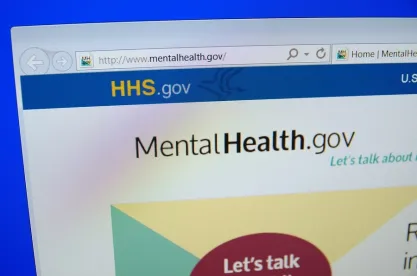Issue Summary
A mind-boggling example of administrative overreach, i.e. HHS’s issuance of overreaching regulations (in 2013) and sub-regulatory Guidance (in 2016), which impose a $22 billion lifetime regulatory cost ($1.52 billion per year / $4 million per day) on the U.S. health care system, virtually all to the benefit of malpractice lawyers (99%).
*Note: Approximate cost shift onto the backs of health care providers (and ultimately consumers) as a result of the subject administrative overreach since issuance of the February 2016 HHS Guidance document. Yes, the cost is in the Billions and growing every second!
A Brief Statutory History:
- In 1996, the Health Insurance Portability and Accountability Act (“HIPAA”) was passed with a guiding principal of making the exchange of patient health information easier for healthcare purposes and to ensure patient access to their own records. To ensure patient access, a below cost “Patient Rate” was established for patients and their caregivers only for health care purposes.
- In 2009, HIPAA was amended by the Health Information Technology for Economic and Clinical Health Act (“HITECH”) with the primary purpose of encouraging Covered Entities to adopt the narrowly defined “Qualified Electronic Health Record” (“hereinafter, “EHR”). HITECH also provided that a patient could direct his or her health care provider to provide his or her EHR to a third party (“Third Party Directive”).
Followed by Administrative Overreach:
- In 2013, HHS issued regulations purporting to implement HITECH but went far beyond its authority by expanding the reach of the Third Party Directive to all patient health records in any form and covering any period of time, rather than just the readily available qualified electronic health record used and maintained by the patient’s healthcare provider. HHS expressly acknowledged that this regulatory expansion exceeded the intent of HITECH but claimed authority to do so under HIPAA section 264(c), a section which, by its own clear terms had already expired 13 years before the HITECH regulations were promulgated.
- Then, to make matters worse, in 2016, HHS issued a Guidance stating that the Patient Rate applied to all records produced under the now overly-broad Third Party Directive, thereby creating a new cost burden for healthcare providers almost all to the benefit of trial attorneys – and all at the multi-billion dollar expense of the healthcare system. This cost ultimately is borne by the health care consumer; you the patient!
The Solution:
HHS can solve this problem immediately by:
(1) suspending the overreaching provisions of the HITECH regulations which expanded the reach of the Third Party Directive from the very limited Qualified Electronic Health Record to all patient health information maintained in any form and covering any time period pending new notice and comment rulemaking, and
(2) withdrawing the portions of the Guidance, which expanded availability of the Patient Rate from patients and health care providers to any and all commercial third parties – almost exclusively trial attorneys - pursuant to the unlawfully expanded “Third Party Directive.”




 />i
/>i
